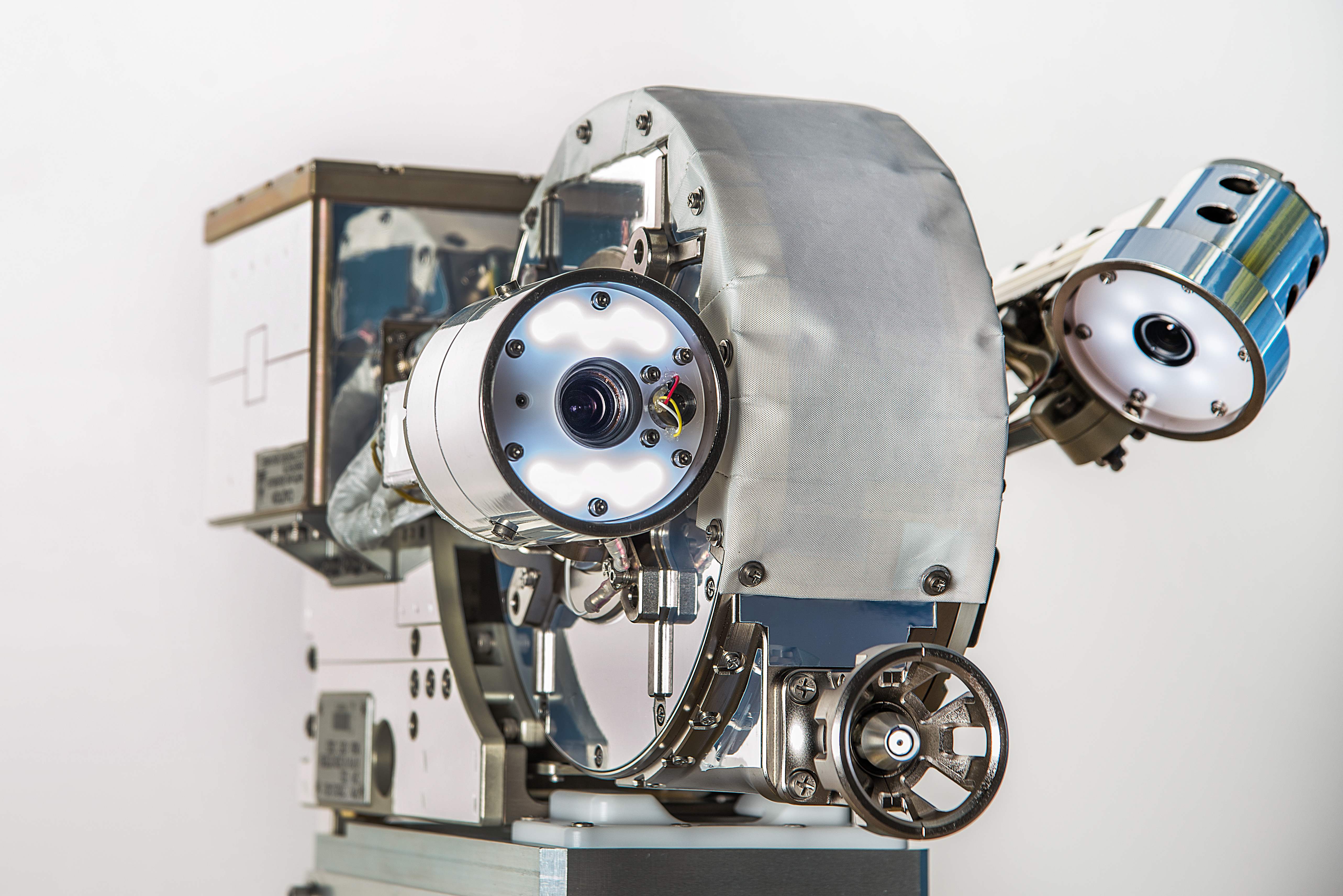If you’re fixing something in orbit, you’ll probably want to be pretty accurate. That’s what NASA engineers were thinking when developing the Visual Inspection Poseable Invertebrate Robot (VIPIR).

NASA has been working on different technologies for servicing and repairing satellites in distant orbits. The agency envisions robotic spacecraft — likely operated with joysticks by technicians on the ground — to carry out the hands-on maneuvers, instead of humans using robotic and other specialized tools.
VIPIR is one of the tools NASA has in mind. It has an articulating borescope equipped with a second motorized, zoom-lens camera that would help mission operators who need to investigate or carry out repairs.
VIPIR would be used in NASA’s Robotic Refueling Mission (RRM). RRM is using the Canadian Space Agency’s two-armed robotic handyman, Dextre, to show how future robots could service and refuel satellites in space. In the mission’s next phase, the Satellite Servicing Capabilities Office team at NASA’s Goddard Space Flight Center plans to demonstrate the transfer of xenon, a colorless, dense noble gas potentially useful for powering ion engines.
More information at NASA.


Comments are closed, but trackbacks and pingbacks are open.